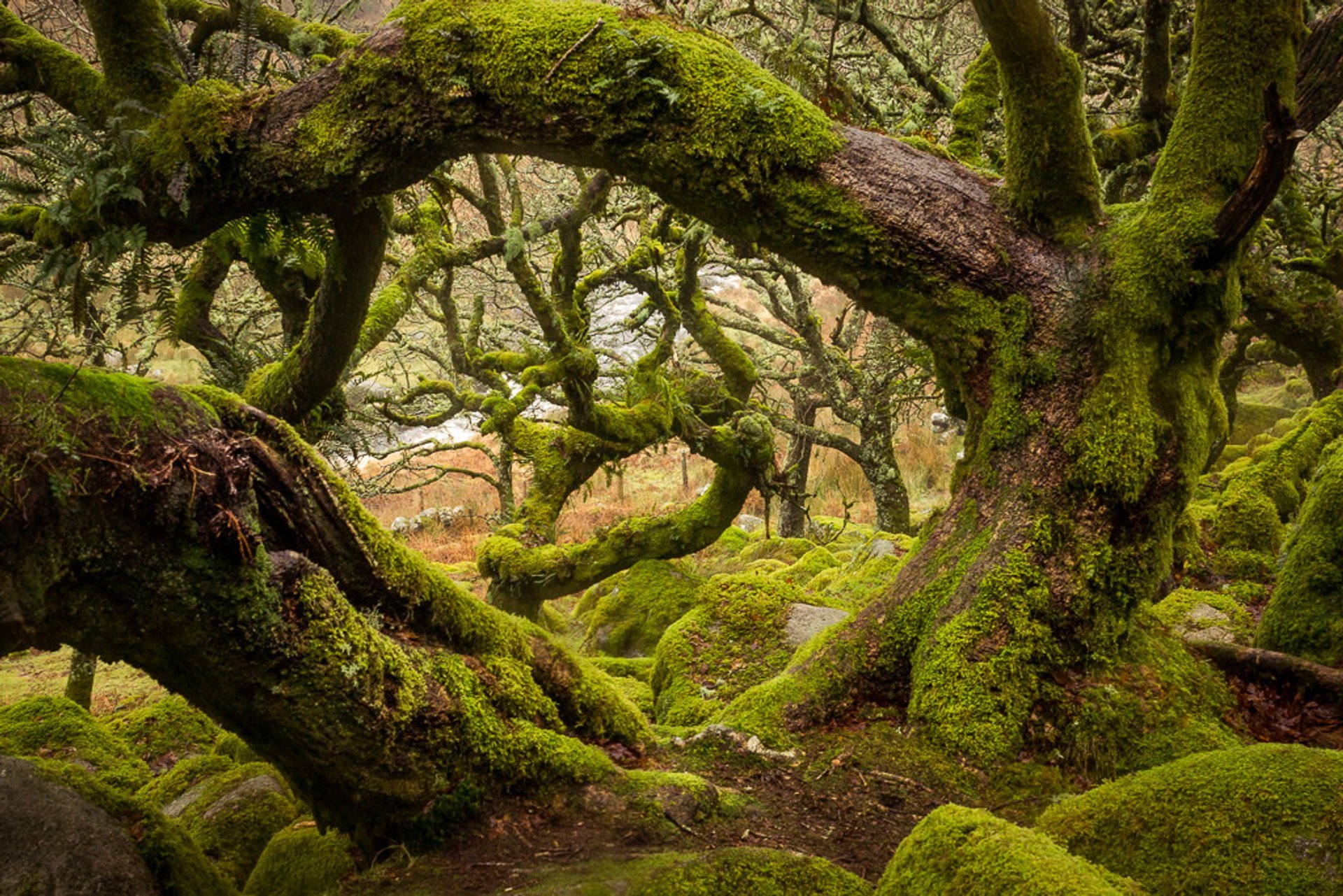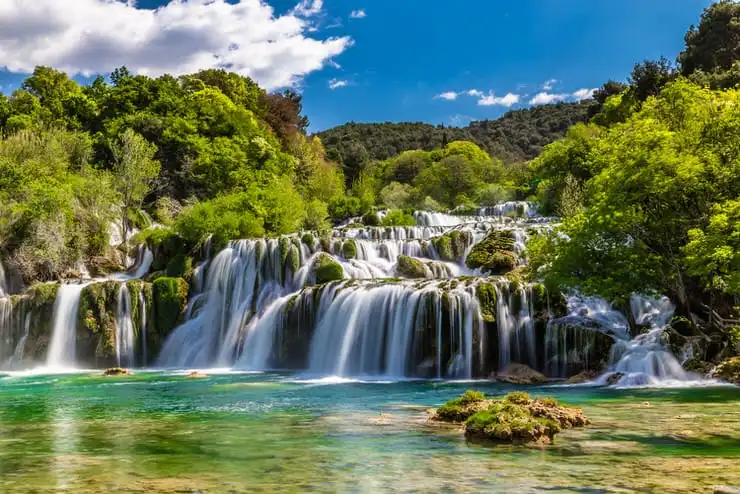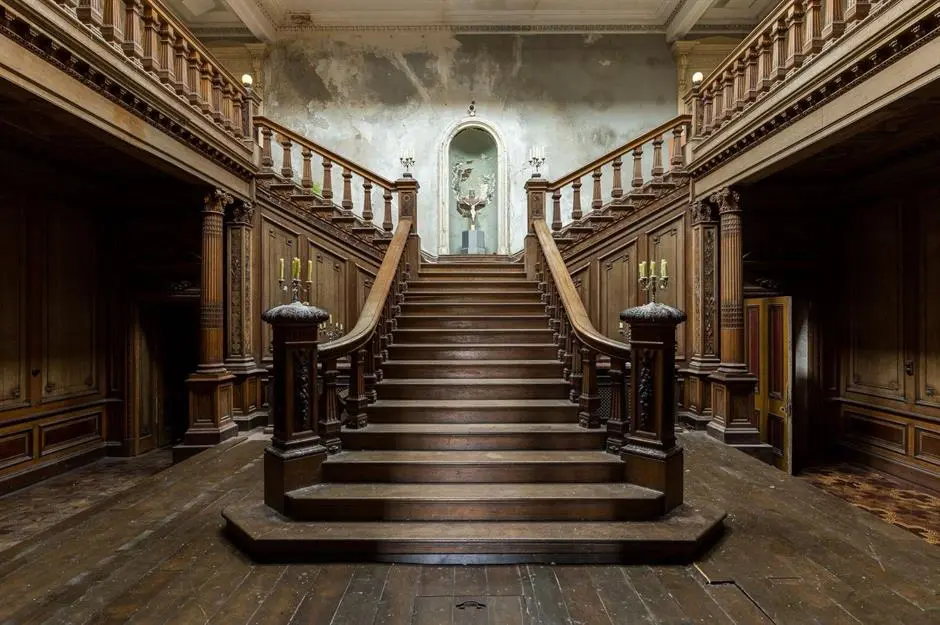Photographing the World's Most Magical Forests
.webp)
Zhangjiajie National Forest Park, China
Zhangjiajie National Forest Park's towering sandstone buttes, deep ravines, and subtropical woods are reminiscent of a vanished planet, and served as the basis for the film Avatar. This ethereal location, which is home to uncommon monkeys, birds, and rare species like the ginkgo tree, is a part of the expansive Wuling yuan Scenic and Historic Interest Area, a UNESCO World Heritage Site in the Hunan Province of central China. The park provides several exhilarating opportunities to explore the terrain, such as cable cars that provide an aerial perspective of the verdant forest below and glass walkways.
Oulanka National Park, Finland
Finland is a favorite destination for tree enthusiasts, with over 75% of its territory covered in boreal forest. Situated on the Russian border and close to the Arctic circle, Oulanka National Park is one of the most beautiful wilderness areas in Finland, covered with lakes and forests. Autumn is a beautiful season here, with a variety of mushrooms emerging on the forest floor and soft hues painted on the spruces, silver birches, and Scotch pines. Nevertheless, the view is as stunning when it snows. This is a distant area where reindeer, wolves, lynx, bears, wolverines, pine martens, and elk may be found.
Black Forest, Germany

Sweeping over the hilly Baden-Württemberg area in southwest Germany is the huge Schwarzwald (Black Forest). It is a breathtaking landscape, with its charming lakes, shaded valleys, mountain settlements, and, of course, dense evergreen woods full of exquisitely green fir and pine trees. That's why the Brothers Grimm put so many of their fairy tales in this enchanted forest—despite the area's lush greenery, it may be a touch gloomy and eerie at times.
Tongass National Forest, Alaska, USA
When it comes to this enormous and varied forest in Alaska, big really is beautiful. The largest national park in the United States is Tongass National Forest, covering 16.7 million acres. In addition, the biggest temperate rainforest in the world, innumerable small islands, glaciers and icefields may all be found there. Its massive and old sitka spruce, western hemlock, and cedar trees are home to a variety of forest animals, including black and brown bears, mountain goats, black-tailed deer, wolverines, river otters, harbor seals and bald eagles.
Cathedral Grove, Canada
Nothing can make you feel smaller than the natural world. It really helped to put things in perspective to stand beneath the massive ancient trees at Cathedral Grove, which is a section of MacMillan Provincial Park on Vancouver Island. There are trees over 800 years old in this remaining stand of the massive Douglas firs that previously dominated the isle. The greatest examples in this coastal forest are found on its south side; one of them has a diameter of almost 29.5 feet (9 meters). Groves of old Western red cedar trees may be seen on the northern side. This old-growth forest, home to black bears, cougars, elk, and deer, is encircled by trails.
Wistman’s Wood, England

This dense grove of twisted dwarf oak trees and moss-covered stones beside the River Dart in Dartmoor National Park has a somewhat otherworldly quality. The high-altitude oaks are thought to be 500 years old, having been a part of an ancient forest that covered the moorland about 7,000 BC, before the Mesolithic period. It was believed that Druids had utilized it as a holy grove. The adder, one of the few native snakes in Britain, has a robust population in the weird woodland.
Read Also: The World's Earliest Genuine Color Photographs
Jasmund National Park, Germany
With its towering beech trees and verdant canopy, the 2,100-hectare Jasmund National Park on the German isle of Rügen boasts the biggest uninterrupted beech forest on the coast of the Baltic Sea. The Ancient and Primeval Beech Forests of the Carpathians and Other Regions of Europe, a UNESCO World Heritage Site, currently includes this forest as the most recent addition. The park spans 12 nations and preserves the European beech, which made its way over most of the continent after emerging from tiny ice-free areas in the south and southeast of the continent during the last ice age.
Hallerbos, Belgium
The old Belgian woodland known as Hallerbos, or the Blue woodland, is stunning throughout the year, but in April, when the dappled forest floor is covered in millions of bluebells, it truly comes to life. Walkers normally flock to the park in droves as the seasonal display spreads across the woodland like a stunning natural purple carpet. Situated just 12.5 miles (20 km) south of Brussels, the Bluebell Trail winds directly into the heart of the woodland, protecting the delicate blossoms from trampling. Giant sequoia trees may be seen in the enchanted woods in addition to graceful beech trees.







.jpg)


.jpg)
.jpg)

.jpg)

.avif)

